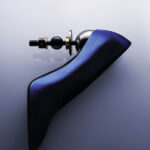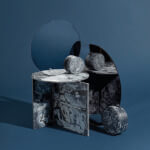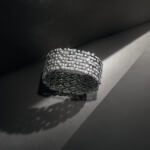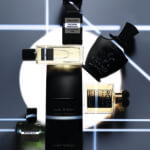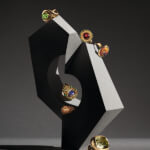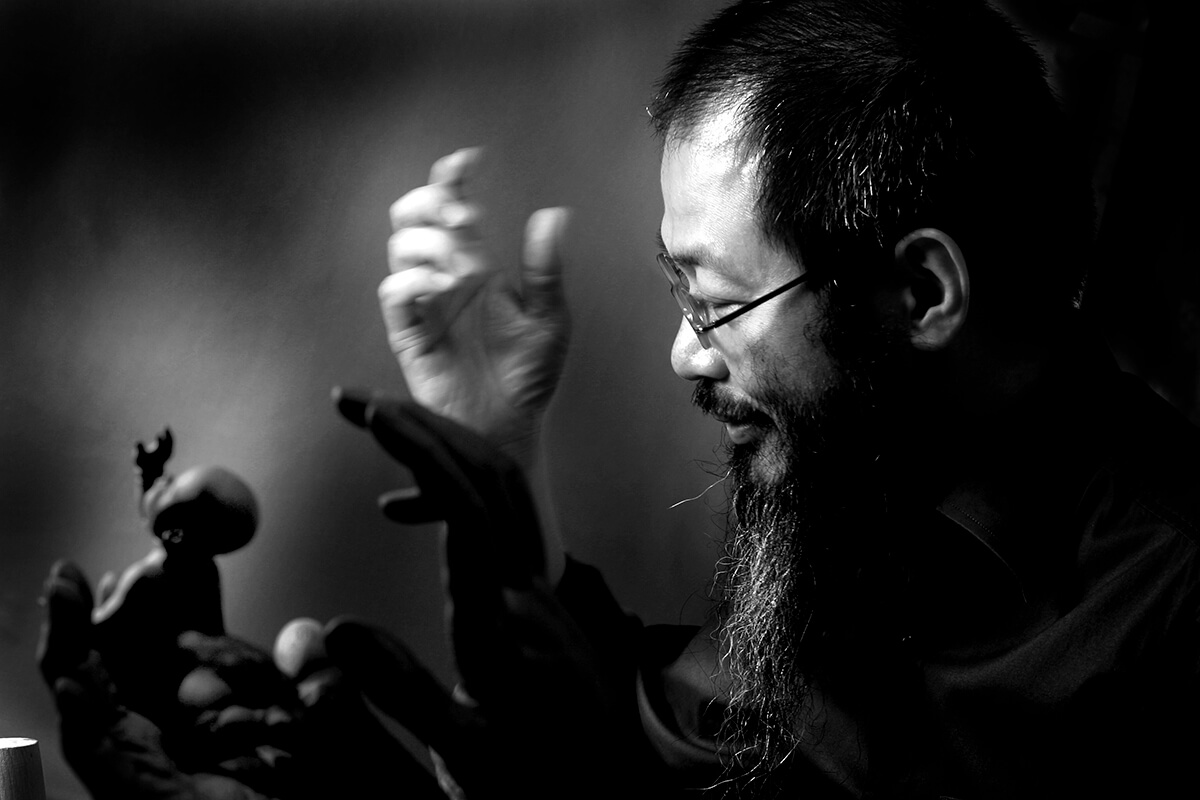
Profile
In a smart London hotel Wallace Chan perches on a slouchy velvet sofa, birdlike and intense. He strokes his greying beard, resplendent in a perfectly starched shirt. Mr Chan could well be part of the zoo of his imagination, which is stuffed full of butterflies, dragonflies, fish, insects and dragons. The jewels he makes are delicate and deeply reflect his Zen Buddhist philosophy. They are also technically innovative. Mr Chan has developed many of the techniques he uses for carving precious stones and manipulating titanium and jade, often using tools he has made himself.
The jeweller did not grow up sitting on velvet sofas. He was born in Fuzhou, in China, in 1956 and moved to Hong Kong at the age of five. The family was poor and Mr Chan left school at 13 to support them. At 16 he became a sculptor’s apprentice, carving religious figures. But curiosity led him eventually to study Western sculpture and to establish his own workshop in 1974.
It took him 13 years to invent a technique of his own: the “Wallace cut”, a way of carving a human face into a precious stone. The effect is astonishing. From the back of the stone, all you can see is the curve of a nose, cheeks and hair, but from the front a detailed three dimensional face appears in portrait and in profile.
Mr Chan was living and sleeping on a rooftop in Macau at the time. But his luck changed when he met Yih Shun Lin, a Taiwanese art collector, who became his patron and mentor. Mr Lin asked him to make a metre-high stupa or shrine of gold, crystal and rubies to house Buddha’s tooth for a temple in Taiwan.
The stupa marked the moment when Mr Chan moved from sculpture to jewellery. In addition to the Wallace cut, he also experimented with setting gems in titanium instead of gold, which enabled him to cast jewellery “sculptures” that would otherwise have been too heavy to wear. Mr Chan was the first Asian designer to be invited to display his work at the Biennale des Antiquaires in Paris, a show that has long been associated with celebrated French jewellers such as Chaumet and Boucheron. His “Great Wall”, a necklace of diamond maple leaves with an imperial jadeite central stone, was sold at the 2012 biennale for €56m ($73.5m). Among the new pieces Mr Chan will be showing at the next biennale, which opens on September 11th, will be “Vividity”, a brooch containing a 64-carat Elbaite tourmaline of deep pinky-red nestling in a burst of rubies, coloured diamonds and green tourmalines (pictured).
His collectors come mostly from China’s rising wealthy elite and the occasional European royal, including Prince Henrik of Denmark. Work of this scale and colour appeals to bold, confident women such as Ling-Ling Hsieh, a businesswoman whose company manufactures polysilicon in Taiwan. “His work is like a 3D movie,” she says. Stones are layered on top of stones, glittering from all angles. Another champion is François Curiel, a former jewellery specialist and now the high-profile chairman of Christie’s in Asia.
Most of Mr Chan’s collectors buy directly from him and seldom resell. A pair of Chan earrings made a rare appearance at auction in 2012, selling at Christie’s in Hong Kong for HK$4.3m ($555,000). Mr Chan is joining a small group of jewellers whose work is known around the world. One, Joel Arthur Rosenthal (JAR), is a New Yorker who lives in Paris and makes instantly recognisable pieces based on flora and fauna. Viren Bhagat in India, Hemmerle in Germany and Sevan Bicakci in Turkey are also his contemporaries.
Mr Chan will be remembered less for individual pieces than for the techniques he invented: the Wallace cut, his use of titanium, his diamond settings (using gems to hold each other in place, rather than metal) and his jade-cutting. To the Chinese his greatest appeal lies in the Buddhist symbolism that is part of his work. After a century of communist struggle, China’s eye for fine jewellery is returning.
Images courtesy of Wallace Chan
Written by Melanie Grant for Books and Arts in The Economist in September 2014.

